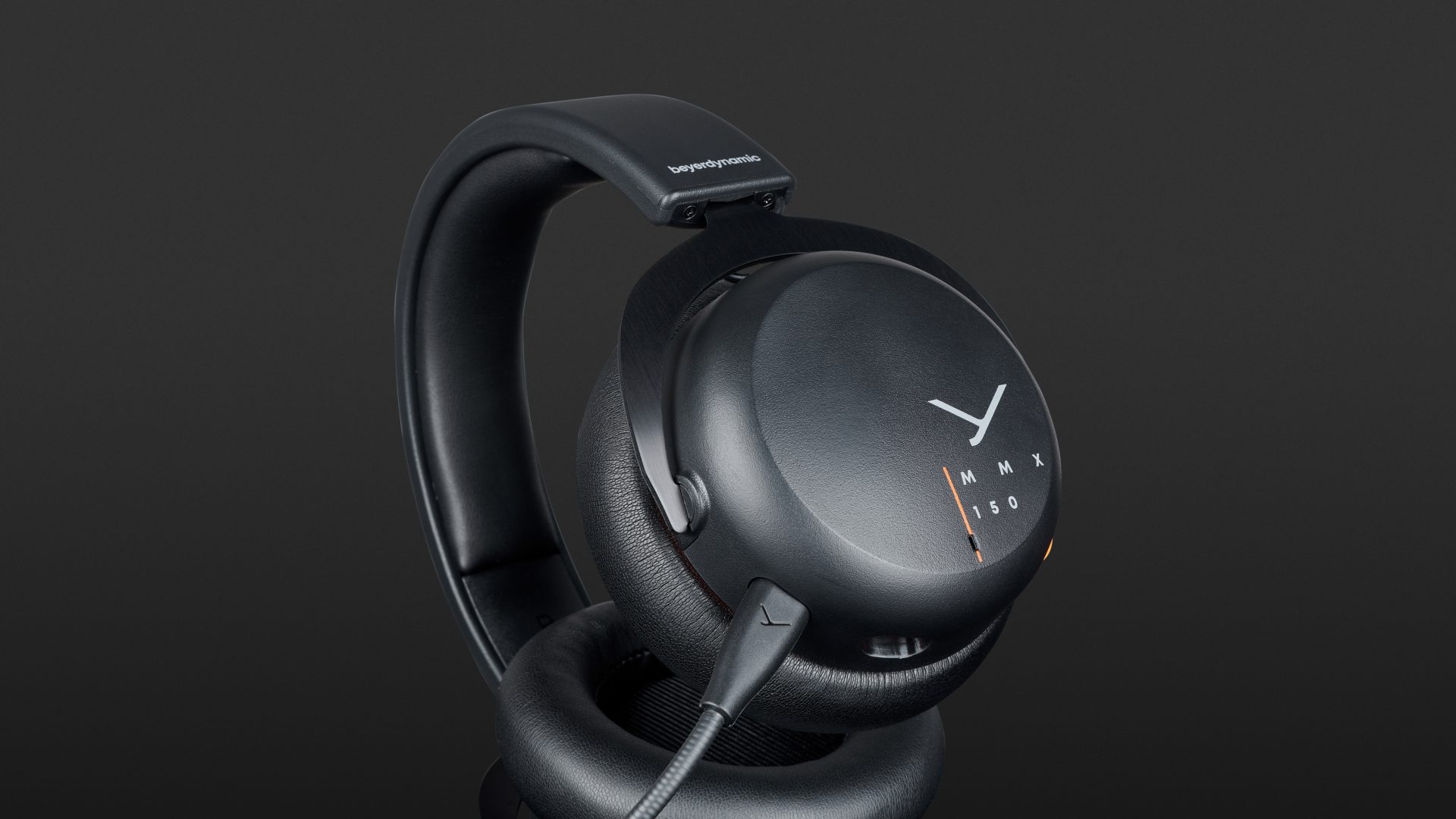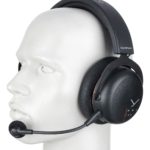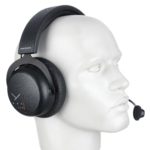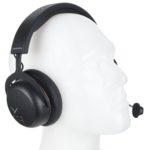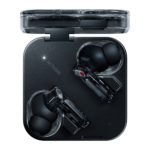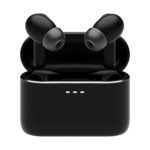Like the earlier model, the MMX 100, the Beyerdynamic MMX 150 is a straightforward gaming headset that is ready for use within seconds – whether via USB or mini-jack. If you value precise reproduction, you might have found what you’re looking for with these headphones, and the microphone also made a good impression. The Augmented Mode is a useful addition, but there are limitations when the MMX 150 is operated purely in analogue mode.
If you primarily play games on consoles and are not bothered so much about a transparency mode, but still want a dedicated mute button, you can save 30 euros with a clear conscience and go for the Beyerdynamic MMX 100. Both offer the same convincing sound experience.
With the new Beyerdynamic MMX 150, the Heilbronn-based company offers a 30-euro more expensive gaming headset to join its MMX 100. Technically almost identical to the previous model, the MMX 150 comes with digital USB cabling and a special transparency mode (“Augmented Mode”) as an upgrade.

Who is the Beyerdynamic MMX 150 aimed at?
If you’re looking for a gaming headset that sounds good and is ready to use without spending any effort on configuration or LED light displays, then you will find exactly what you’re looking for with these headphones. The MMX 150 can be connected to anything with corresponding outputs via USB or analogue mini-jack cable: PCs, Macs, game consoles, tablets or smartphones. Thanks to the good sound of the microphone and a weight of around 304 grams, it also does the job in the home office during video conferences.
Design and wearing comfort
The Beyerdynamic MMX 150 is a closed over-ear headphone with dynamic 40 mm drivers. Available in black or light grey, these headphones feature a detachable gooseneck microphone and come with two cables: a 120 cm USB to four-pin mini-jack cable and a 240 cm USB-C to USB-A cable. Both are covered in fabric; however, the large plastic pods pick up grip noise or the sound of rubbing against clothing.
In typical Beyerdynamic fashion, the MMX 150 is solidly made, with much of the material used being plastic. The headband cushion made of memory foam is covered with artificial leather and firmly connected to the headband. The headband holds the aluminium suspension, which is somewhat stiff and allows the size to be adjusted in eleven ratchet steps. The ear pods, whose pads are also filled with memory foam and covered with imitation leather, hang from this. Unfortunately, the replaceable ear pads (diameter approx. 6 cm) made for sweaty ears after a few hours and pressing firmly on the pods caused the air underneath to escape with a loud squeal.
The Beyerdynamic MMX 150 has only one control, located on the left pod. A small control wheel with click function and LED surround takes care of the volume, mutes the microphone and deactivates/activates the so-called “augmented mode” by pressing it for two seconds. However, this only works if the headset is connected to a computer or console via USB, which supplies the headset with power.
While the volume control was our biggest point of criticism on the smaller MMX 100 Beyerdynamic have made up some ground with the new model, but one shortcoming remains: the graduated continuous rotary control regulates the volume linearly, but instead of increasing the volume corresponding to level 3, the volume is merely muted. If you turn the dial up further, the increase returns to normal. This is not particularly serious, as we are talking about really quiet levels here, but some people might miss this precise volume level at night.
The Augmented Mode is a useful addition: it loops sounds from outside through to the ears so that the environment can be perceived. Two microphones integrated into the pods capture these sounds and mix them into the playback signal in real-time. Advantageously, this means that you can continue speaking at a normal volume, as would be the case with a purely closed system. However, the amplification works more subtly than that which is familiar from the Apple AirPods Max, for example, and the background noise is pleasantly unobtrusive.
Sound
The Beyerdynamic MMX 150 use the same tuning as the MMX 100. The bass range is present, crisp, but not overbearing. The transmission range starts at a low 5 Hz, but this often comes across as a bit restrained. When gaming, this means that deep rumbling, engine noises or explosions do not radiate into the mid-range. We had no trouble understanding and distinguishing dialogue or sounds in either Horizon Zero Dawn or Shadow of the Tomb Raider. Speech always remains intelligible, even if there was a tendency toward hiss.
Together with the tweeter range, the mids provide very good precision: for a stereo headset, it never gave us any trouble when localising movements and the sounds of the opponents on the virtual sound stage. Even game scenes that were extremely hectic didn’t throw the MMX 150 off its stride.
At the end of the day: The overall tuning of the Beyerdynamic MMX 150 is successful – so good in fact that we would also recommend it for listening to music.
Microphone
We were also very satisfied with the microphone quality: Equipped with a 9.9 mm capsule and cardioid pick-up pattern, our voices sounded quite natural, and keyboard noise was only perceptible very quietly in the background. Our test recordings revealed the high sensitivity of the microphone: Positioned too close to the mouth, your voice quickly causes clipping.
Technical specifications
- Ear couplingOver-ear
- Typeclosed
- Transducer principledynamic
- Frequency response (headphones)5 - 30.000 Hz
- Impedance32 ohms
- Sound pressure level (SPL)116 dB
- Pressure averaged from big and small head458 g
- Weight without cable304 g
- Cable length240 cm
What's in the box
- USB-C to mini jack cable
- USB-C to USB-A cable
- Detachable microphone
- Popscreen for the microphone










